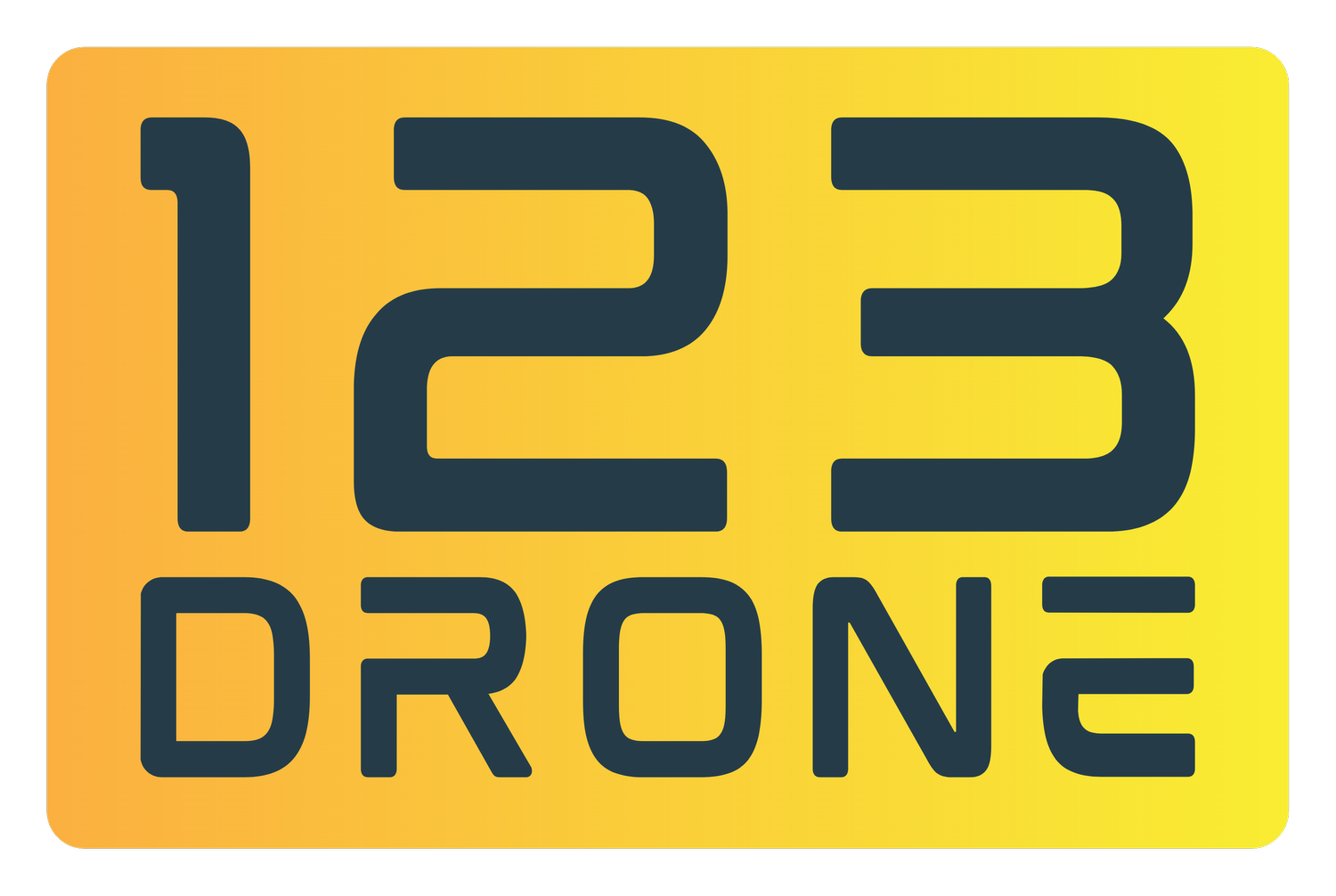Aerial maps and digital twins provide precision visuals and data for various industries.
How we gather and process the Data.
Creating a 2D Orthomosaic Map and a 3D aerial digital twin using a drone involves a systematic process. The drone is deployed to capture high-resolution images of the designated area, covering it comprehensively. These images are then processed and stitched together using specialized software to create a 2D Orthomosaic Map, providing a detailed and accurate representation of the terrain. Simultaneously, the drone captures additional images from various angles to construct a 3D model of the area, creating a detailed aerial digital twin that mirrors the physical environment. The result is a comprehensive and georeferenced dataset that can be utilized for precise mapping, analysis, and visualization in various applications, from urban planning to environmental monitoring.
Benefits of Creating a 2D Orthomosaic Map and 3D Aerial Digital Twin with a Drone:
Precision Mapping: Accurate representation of the terrain with a 2D Orthomosaic Map for precise mapping applications.
Comprehensive Visualization: A 3D aerial digital twin provides a detailed, immersive view of the area, aiding in comprehensive visualization.
Data Accuracy: High-resolution images captured by the drone contribute to data accuracy in both 2D and 3D representations.
Georeferenced Dataset: The resulting dataset is georeferenced, allowing for precise location-based analysis and decision-making.
Versatility: Applicable across diverse fields, from urban planning and agriculture to environmental monitoring, offering versatile applications.
Efficiency: Drones enable a faster and more cost-effective data collection process compared to traditional methods.
Real-time Insights: The data collected can be used to generate real-time insights, facilitating informed decision-making.
Enhanced Planning: Valuable for urban planners, environmental scientists, and other professionals for enhanced planning and analysis.
Remote Monitoring: Enables remote monitoring of areas that may be challenging or unsafe to access manually.
Visual Documentation: Provides visual documentation of the landscape, aiding in historical analysis and future planning.
High resolution 2D Orthomosaic with split screen comparison.
3D Model
Upon completion, our client’s receive a comprehensive report which includes;
Detailed 3D Digital Model: Precise and comprehensive three-dimensional representation of the surveyed area.
High-Resolution 2D Orthomosaic: A detailed and accurate georeferenced 2D map for precise mapping applications.
Point Cloud Data: Captured data points in a cloud-based format, enabling thorough analysis and modeling.
Cloud-Based Inspection Tool: A user-friendly, online inspection tool for seamless collaboration, analysis, and sharing of visual data.





